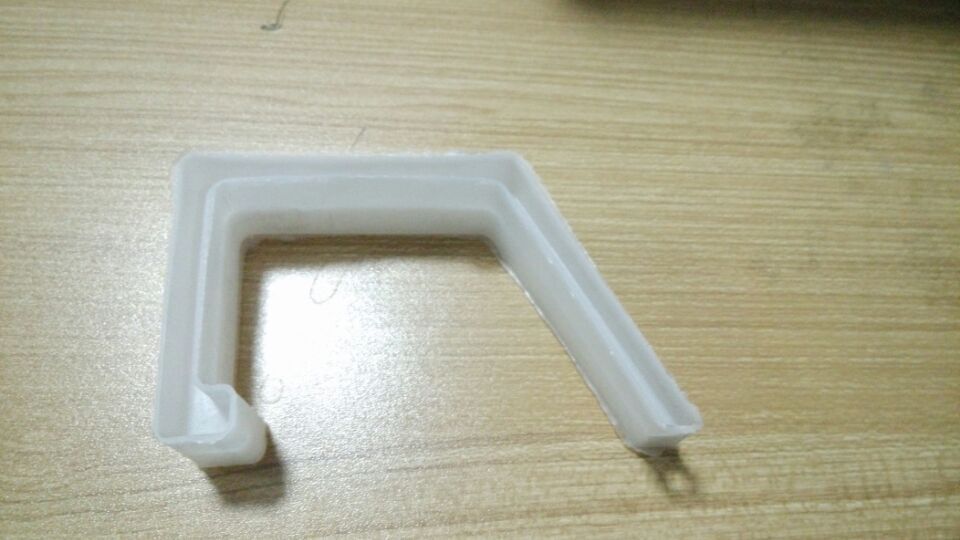An Overview of Fish Feed Pellet Machine Technology and Its Benefits for Aquaculture Industry
Aug . 09, 2024 04:35 Back to list
An Overview of Fish Feed Pellet Machine Technology and Its Benefits for Aquaculture Industry
The Importance of Fish Feed Pellet Machines in Aquaculture
In recent years, the global aquaculture industry has witnessed remarkable growth, driven by an increasing demand for fish and seafood. As fish farming becomes a prominent source of protein, the efficiency and quality of fish feed have become critical factors affecting production. One of the most revolutionary advancements in this field is the fish feed pellet machine. This machinery not only enhances feed production but also significantly contributes to the sustainability of aquaculture practices.
Understanding Fish Feed Pellet Machines
A fish feed pellet machine is specialized equipment designed to produce high-quality pellets from various ingredients, including grains, fish meal, and other nutritional supplements. The process typically involves grinding the raw materials, mixing them with water and additives, and then extruding the mixture into pellets of specific sizes. The end product is a nutritionally balanced feed that fishes can easily digest, ensuring their healthy growth.
Benefits of Using Fish Feed Pellet Machines
1. Nutritional Efficiency Fish feed pellets are formulated to meet the specific dietary needs of different fish species. The pelleting process helps to retain the nutritional value of the ingredients, which can enhance the growth rate and overall health of the fish.
2. Reduced Feed Wastage Unlike traditional feed such as flakes or powders, pellets are more dense and remain intact in the water for longer periods. This reduces feed wastage and ensures that fish receive the maximum nutrients from the feed.
fish feed pellet machine

3. Customizable Feeds Fish feed pellet machines allow aquaculture farmers to create customized feeds based on the requirements of their specific fish species. This customization helps in optimizing the growth rates and improving the feed conversion ratio, which is critical for profitability in aquaculture.
4. Cost-Effectiveness By producing their own fish feed pellets, farmers can significantly lower their feed costs. The machine helps convert raw ingredients into high-quality feed, which is often cheaper than commercially available options. Additionally, farmers can capitalize on local ingredients, reducing transportation costs and dependence on external suppliers.
5. Sustainability A shift towards pelletized feeds opens doors to more sustainable aquaculture practices. Farmers can incorporate waste products, by-products from agriculture, or alternative protein sources into their feed formulations, contributing to a circular economy.
The Role in Aquaculture Management
Effective fish feed management is essential for successful aquaculture. The ability to produce pellets on-site gives farmers better control over their feeding regimes, allowing them to respond quickly to the changing nutritional needs of fish as they grow. It also facilitates the implementation of feeding schedules that prevent overfeeding, thus ensuring better water quality in fish farming environments.
Conclusion
As the demand for fish and seafood continues to soar, the role of fish feed pellet machines in aquaculture will only grow. By improving feed quality, reducing waste, and allowing for the production of customized feeds, these machines represent a crucial innovation in fish farming. As aquaculture seeks to become more sustainable and efficient, the fish feed pellet machine stands out as an indispensable tool that supports the industry's evolution. Embracing such technological advancements will not only enhance the profitability of fish farming operations but also contribute positively to the global food supply chain. Therefore, investing in a fish feed pellet machine is not just a step towards operational efficiency; it is a commitment to a sustainable future for aquaculture.
-
Automatic Feeding Line System-Pan Feeder Nipple Drinker|Anping County Yize Metal Products Co., Ltd.
NewsJul.29,2025
-
Hot Sale 24 & 18 Door Rabbit Cages - Premium Breeding Solutions
NewsJul.25,2025
-
Automatic Feeding Line System Pan Feeder Nipple Drinker - Anping County Yize Metal Products Co., Ltd.
NewsJul.21,2025
-
Automatic Feeding Line System Pan Feeder Nipple Drinker - Anping County Yize Metal Products Co., Ltd.
NewsJul.21,2025
-
Automatic Feeding Line System - Anping Yize | Precision & Nipple
NewsJul.21,2025
-
Automatic Feeding Line System - Anping Yize | Precision & Nipple
NewsJul.21,2025






